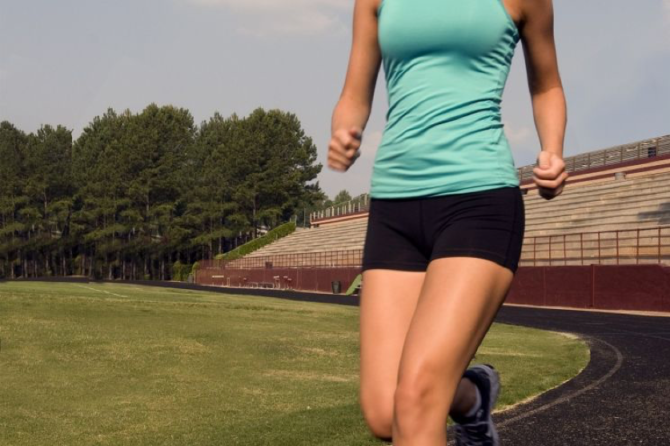
Poor Running Technique and How it Affects You
Running is a wonderful form of exercise. Not only does it work out your body, but many runners cite the mental benefits of reduced stress. However, if you’re running with an improper technique, you are leaving yourself open to injury and pain.
The Ideal Running Position
Proper running form includes your head, back, arms, legs, and feet. Start from a relaxed position with your head up and shoulders down. Keep your back straight so your head, shoulders, and hips stay in an upright line. Arms should swing directly ahead in pace with your legs. Don’t lock your knees when your foot strikes the ground. Keep your legs relaxed and flexible. Aim to land on the middle portion of your foot with each step, then roll off through the front of your toes.
Less Than Ideal
If you have a less than ideal running posture and form, then you are leaving yourself open to injury and pain. Avoid heel-striking or toe-striking. Landing on your heels impedes forward momentum and puts additional strain on your legs and knees, often causing shin splints. Landing on your toes is jarring to your foot and can lead to stress fractures in the toes or metatarsal bones. Other common running injuries that occur from improper form include Achilles tendonitis and plantar fasciitis.
What Is My Form?
The best way to determine if you have a proper running form is to video yourself running. Take multiple videos from different views and angles. Be sure to include a video of your entire body (to see about proper head, back, and arms form) and several videos zoomed in on your feet. If in doubt, head to a running-specific shoe store or your podiatrist for an evaluation.
What Can I Do About My Form?
If you find that you are primarily a toe or heel-striker, there are ways to modify your stride to strike mid-foot. This takes a conscious effort and practice, so don’t expect things to change on your very next run. Try practicing your stride on soft surfaces (grass, carpet, etc.) with no shoes. Your foot is more likely to land naturally on the mid-foot when you are barefoot. Also, look for shoes with an increased heel-to-toe drop. This style initiates a mid-foot strike and helps with keeping proper form.
